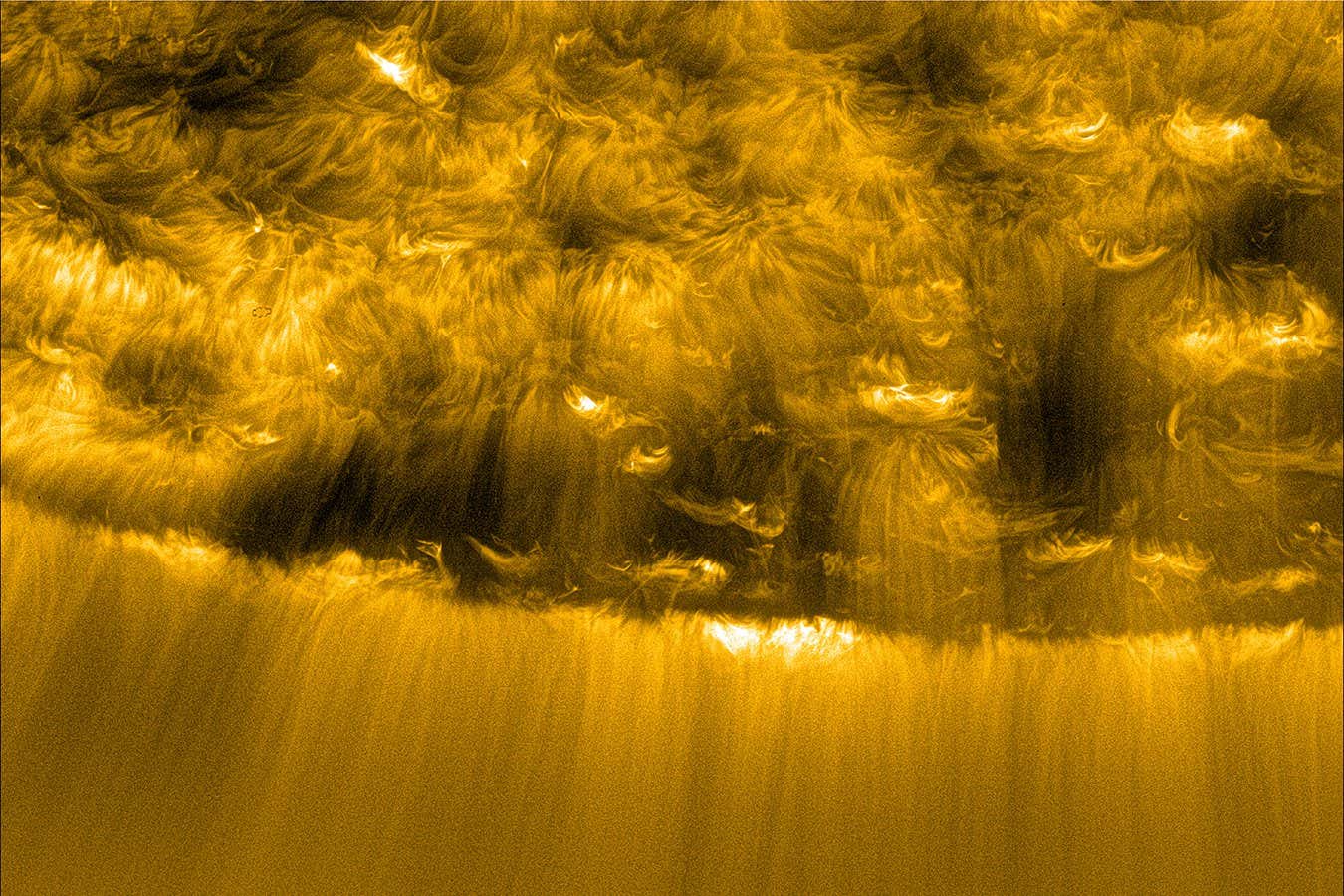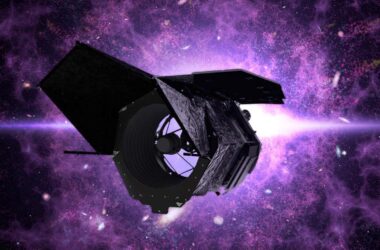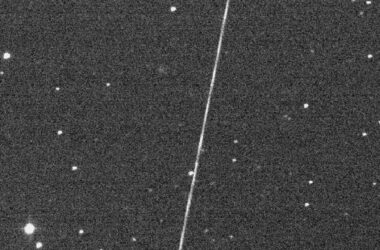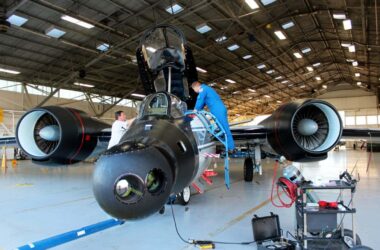Small-scale structures of solar wind emerging from a coronal hole on the sun
ESA & NASA/Solar Orbiter/EUI/Lakshmi Pradeep Chitta
Recent high-resolution images of the sun captured by the Solar Orbiter spacecraft may have revealed the source of the powerful solar wind. Scientists have long debated how the charged particles of the solar wind flow out from the sun, and these new images provide insights that could finally resolve these questions.
The Solar Orbiter launched in 2020 and has been able to produce some of the highest-resolution images of the sun to date. Researchers, led by Pradeep Chitta at the Max Planck Institute for Solar System Research, examined these images to understand how plasma escapes the sun.
The team focused on dark splotches on the sun’s surface known as coronal holes. These areas have open magnetic fields that allow particles to escape. Previously, it was known that coronal holes have small plasma plumes, but the scientists discovered even smaller jets called picoflare jets, which emit one-trillionth the amount of radiation of the most powerful solar flares.
According to Chitta, these jets are intriguing because they are present not only in the plumes but also in seemingly inactive portions of the coronal hole, making them potentially significant. These jets range in size from 200 to 500 kilometers and propel material at speeds exceeding 100 kilometers per second. The strongest jets are found in dark areas away from the larger plumes, and the magnetic properties of coronal holes allow the plasma in these jets to leak into interplanetary space.
Previously, scientists believed that a constant and steady phenomenon was responsible for fueling the solar wind. However, the presence of numerous tiny jets on the sun suggests that although each jet is active for no more than a minute, they could collectively account for all the plasma in the solar wind. Chitta compares this phenomenon to the flow of rivers on Earth, where small streams and creeks eventually converge to form large rivers.
The properties of these small yet powerful jets could also provide an explanation for peculiar structures observed in the solar wind. The close packing of these jets means that differing speeds between nearby jets could generate shear forces and instabilities, which might account for the formation of Z-shaped structures known as magnetic switchbacks in the solar wind.
The high-resolution images captured by the Solar Orbiter spacecraft have provided crucial insights into the origin of the solar wind. By examining the dark coronal holes on the sun’s surface, scientists discovered tiny jets of plasma, known as picoflare jets, which emit significantly less radiation than solar flares. These jets, found even in seemingly inactive portions of the coronal hole, blast material at high speeds and play a crucial role in the escape of plasma into interplanetary space. Furthermore, the presence of numerous jets, despite their short-lived nature, indicates that they could collectively account for all the plasma in the solar wind. The properties of these small yet mighty jets might also explain the formation of unique structures, such as magnetic switchbacks, observed in the solar wind. Overall, these findings improve our understanding of the mechanisms behind the solar wind and its impact on space weather.








